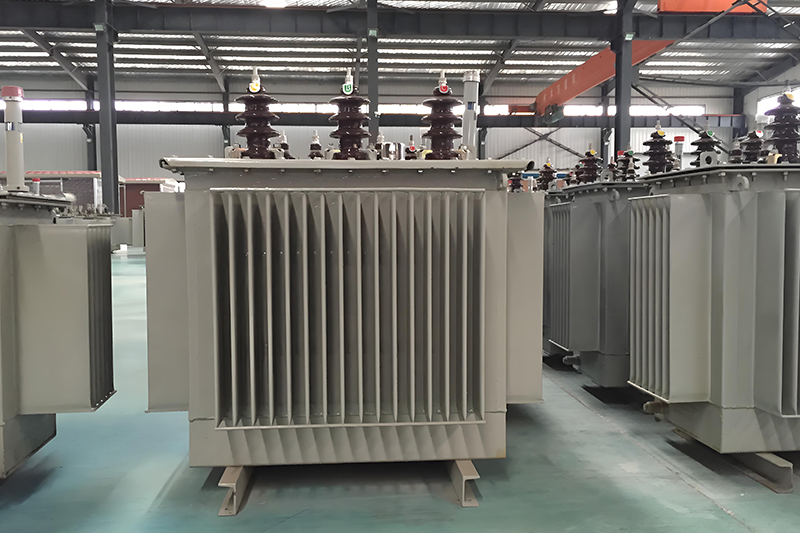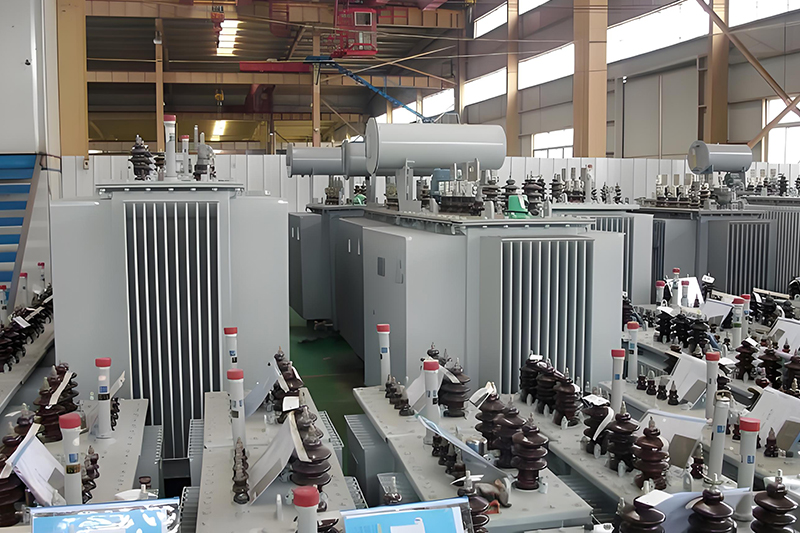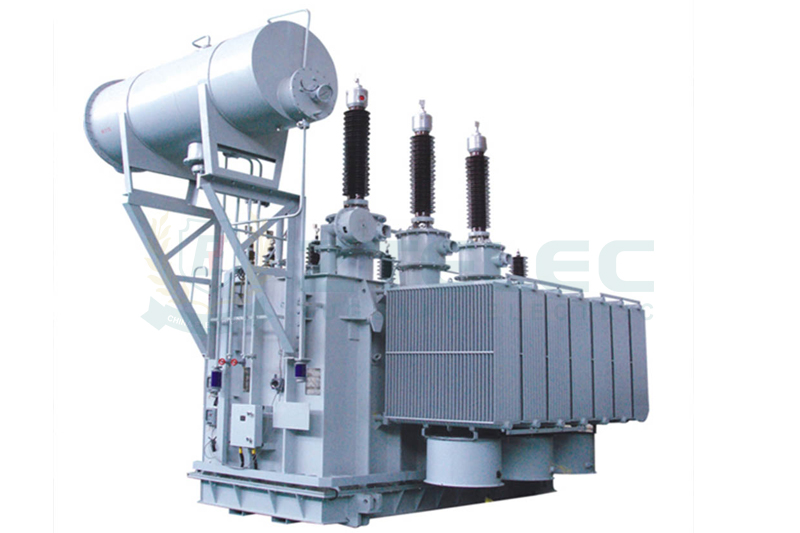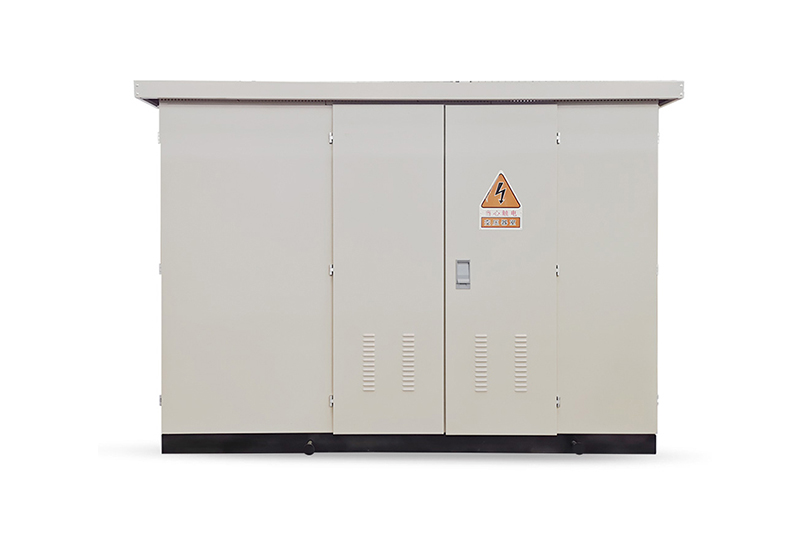Analysis and Solutions for Typical 500kV Oil-Immersed Transformer Faults
Time:2025-09-27 Auther:ZTelec-www.ztelectransformer.com
500kV oil-immersed transformers are critical assets in high-voltage power systems, ensuring stable and reliable electricity transmission. Their operational reliability directly influences the safety and stability of the regional grid. However, due to prolonged exposure to high voltage, heavy currents, and environmental stresses, these transformers are prone to faults. This article provides a comprehensive analysis of common 500kV oil-immersed transformer failures, their causes, symptoms, and corresponding solutions with preventive maintenance strategies.
Fault Type 1: Winding Deformation and Turn-to-Turn Short Circuit
Winding deformation is one of the most frequent issues in 500kV transformers. Short-circuit currents generate enormous electrodynamic stresses that may compress, bend, or stretch winding conductors. While minor deformation may not cause immediate failure, it weakens insulation and increases the risk of inter-turn short circuits.
Key Symptoms:
· Abnormal electrical test data: DC resistance imbalance and deviations in frequency response analysis.
· Abnormal oil and gas analysis: Higher hydrogen (H₂), methane (CH₄), and acetylene (C₂H₂) concentrations, with acetylene indicating discharge faults.
· Protective relay actions: Differential protection or gas relay trips during severe short circuits.
Solutions:
· Deploy online frequency response monitoring systems.
· Conduct periodic winding deformation tests during scheduled outages.
· If severe deformation is confirmed, perform core lifting and replace or repair damaged windings.
Fault Type 2: Insulation Aging and Degradation
The insulation system plays a decisive role in transformer lifespan. Over time, heat, electric fields, oxygen, and moisture degrade insulation paper and oil, reducing dielectric strength.
Key Symptoms:
· Oil deterioration: Lower breakdown voltage, higher water content, and increased acid value.
· Gas analysis: Elevated CO and CO₂ levels, indicating overheating or aging insulation.
· Electrical performance decline: Reduced insulation resistance and absorption ratio.
Solutions:
· Strengthen oil management with vacuum filtration, degassing, and dehydration.
· Control operating temperature by avoiding overloads and ensuring cooling efficiency.
· Extend lifespan with sealed conservators, antioxidants, and reduced oxygen exposure.
Fault Type 3: Multiple-Point Core Grounding
Transformers are designed for single-point core grounding. If additional grounding points appear due to insulation damage or metal debris, circulating currents form, causing localized overheating.
Key Symptoms:
· Elevated core grounding current: Ranging from milliamps to amps.
· Oil and gas analysis: High methane (CH₄) and ethylene (C₂H₄) levels consistent with overheating.
· Abnormal oil temperature rise.
Solutions:
· Insert a current-limiting resistor as a temporary emergency fix.
· Locate grounding points with DC/AC detection during outages.
· Eliminate multiple groundings by removing metal debris and repairing insulation.
Fault Type 4: Tap Changer Failure
The on-load tap changer (OLTC) is the only component operating under load, making it highly vulnerable to failures such as contact erosion, poor connections, or jamming. Arcing during switching often leads to oil contamination or mechanical damage.
Key Symptoms:
· Gas analysis: Sudden increase in acetylene (C₂H₂) and hydrogen (H₂).
· DC resistance instability across different tap positions.
· OLTC alarms triggered by gas relay or oil filtration systems.
Solutions:
· Perform periodic maintenance and inspections based on operational cycles.
· Replace contacts and refresh OLTC insulating oil regularly.
· Install OLTC condition monitoring devices for motor current and vibration tracking.
Comprehensive Transformer Maintenance Strategy
Effective 500kV oil-immersed transformer maintenance requires integrating online monitoring, oil diagnostics, and electrical testing. By recognizing early warning signs of winding deformation, insulation aging, core grounding, and tap changer issues, operators can implement preventive measures to extend service life and reduce downtime risks.
Preventive Focus:
· Implement continuous monitoring systems for real-time data.
· Establish fault archives for comparison and trend analysis.
· Schedule systematic preventive maintenance to minimize unexpected failures.
500kV oil-immersed transformers are indispensable in ensuring grid stability and reliability. Understanding the mechanisms and solutions of typical faults allows operators to take proactive steps in transformer operation. Prioritizing preventive maintenance not only improves system safety but also enhances long-term performance of the power grid.






